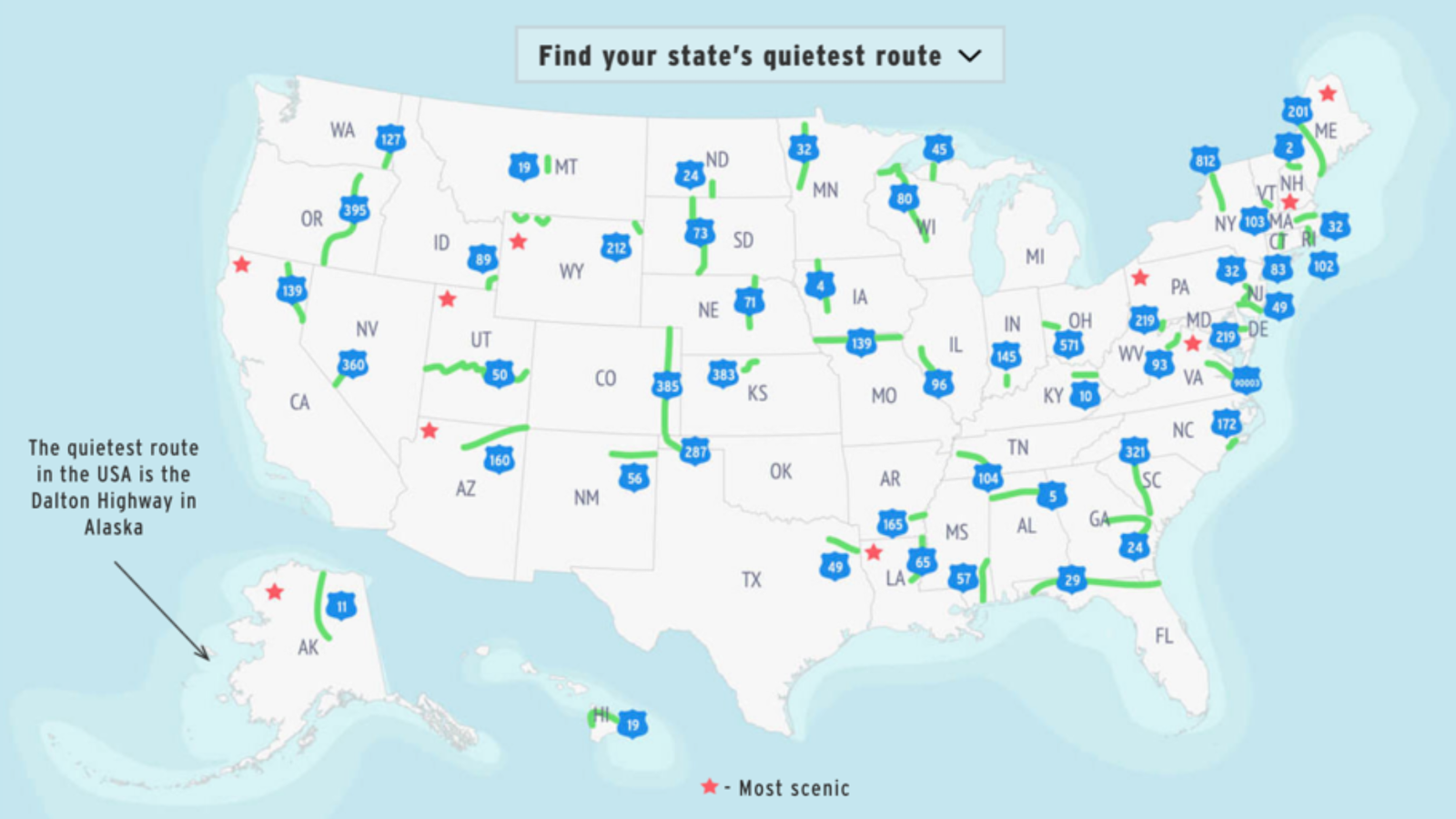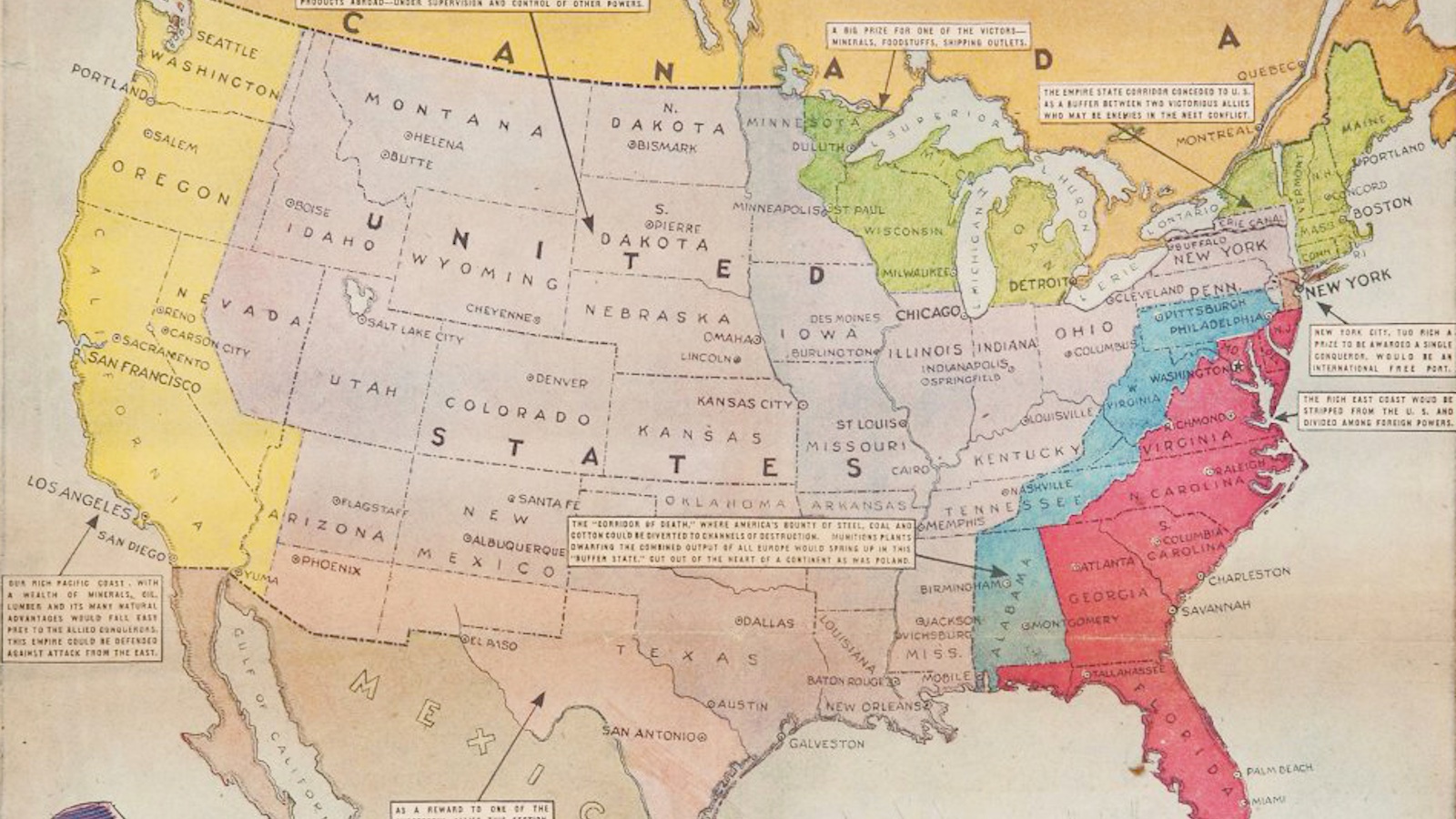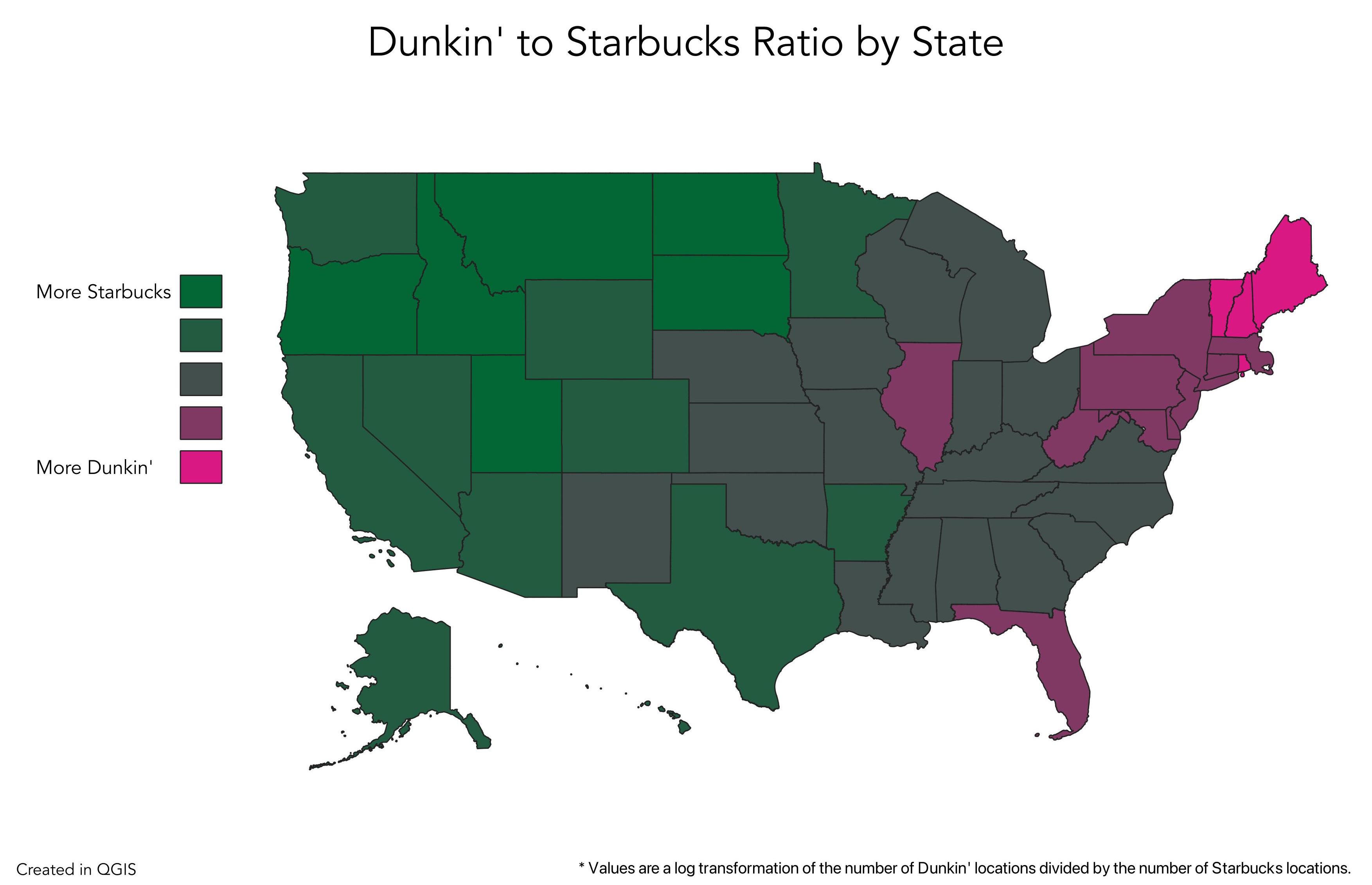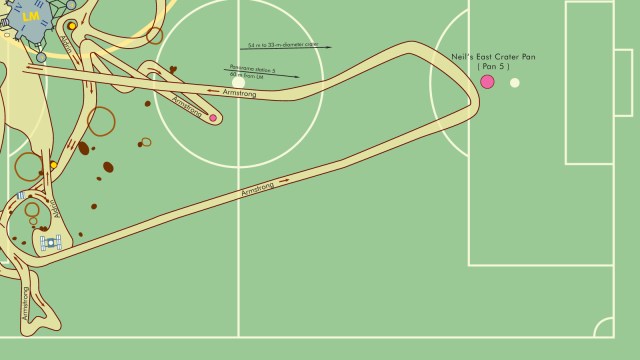261 – The Civil War and the Death of ‘Horizontalism’
In 1852, when New Mexico was at its newest, the territory bearing that name was more than double the size of the eponymous present-day state. Of the many changes that were to follow, none was more dramatic – from a cartographic point of view, if you’ll allow – than the creation of the Union Territory of Arizona.
This destroyed a tradition of ‘horizontalism’ in the administrative divisions of the territory, still clearly visible on this map: the east-west-orientation of the counties creates elongated slices of land that are pleasingly improbable to govern. Just imagine being the sheriff of Bernalillo County. Or worse, his horse.
And yet it may not have been practicality, but spite that caused the Union to set up a ‘verticalist’ Arizona Territory, thus thwarting the ‘horizontalist’ Arizona Territory of the Confederacy. Or maybe it was a very practical spite, thus dividing the pro-Confederate south of the New Mexico Territory in two.
All this will make a bit more sense in its chronological context:
1852 – The US territory of New Mexico, acquired as spoils of the Mexican-American War, covers most of what were to become the states of New Mexico and Arizona and southern bits of the future states of Nevada and Colorado.
1853 – The US buys an additional 30,000 square miles (77,000 sq. km) of Mexican territory. This Gadsden Purchase, named after the US Minister to Mexico, cost the US $10 million, and allowed it to construct a southern transcontinental railroad. The original plan was for the purchase area to be much larger, even including all of the Baja California peninsula (and four Mexican states: Coahuila, Chihuahua, Sonora and Nuevo Leon). This was opposed by the Mexicans and by anti-slavery US politicians, but vehemently regretted by the filibuster William Walker, who marched into Mexico with a small army, and established the short-lived independent Republic of Sonora.
1855 – the Gadsden Purchase officially added to Dona Ana County in the New Mexico Territory.
1861 – After a gold rush, and to secure the area for the Union at the beginning of the Civil War, the Territory of Colorado is established. It replaces the provisional (and unrecognised) Territory of Jefferson, which was a much larger square than Colorado – including an eastern strip of Utah, a southern third of Wyoming and the western protrusion of Nebraska. The Territory of Colorado is made up of far-flung parts of the Territories of Utah, Nebraska, Kansas and New Mexico.
1861 – pro-Confederacy settlers in the southern half of the Territory proclaim the Confederate Territory of Arizona (identical to the areas of the Socorro and Dona Ana Counties on this map), aided by the fact that they are removed from the pro-Union administration in Santa Fe by the Jornada del Muerto (‘the journey of the dead man’), a difficult stretch of desert. The CTA links the Confederacy all the way to California.
1863 – Having ousted Confederate forces from the area, the Union creates its own Arizona Territory, but does this by slicing the original New Mexico Territory in eastern and western halves (creating the present state border), rather than northern and southern ones.
1866 – Nevada absorbs the part of the Arizona Territory west of the Colorado River and south of the 37th parallel. The transfer followed a gold rush, with the government judging Nevada would be better suited to manage the influx of migrants.
1912 – In January, New Mexico is the penultimate state of the Lower 48 to receive statehood. In February, Arizona is the very last.
This map was sent in by Brian Fletcher (of Bernalillo County, NM), who found it at this page of the New Mexico Genealogical Society. “All of these counties (mentioned on the map) survive to this day in a different form except for Santa Ana,” he says.






